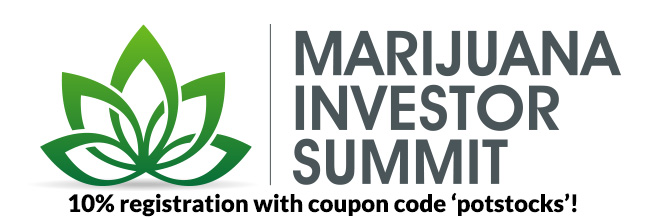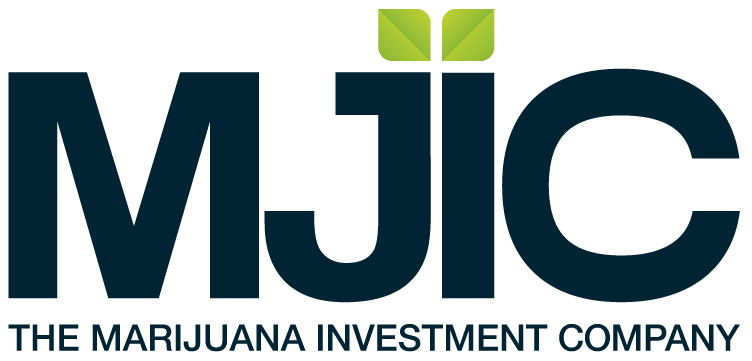For a sector that is still defining itself, finding trustworthy information to guide your investment strategy can be tricky. To know your investment it helps to know a few basics about the stock-trading world as well. The information provided here will be necessarily condensed and simplified, but it will give you starting points for your research that will help build your company files.
Information flows from companies constantly in small articles, announcements and filings so it helps to accumulate your knowledge so that it grows in an empirical fashion. Don’t invest expecting to make money overnight and don’t expect to learn how to invest overnight either. Try to find objective sources of information and not just the promos.
This sector is still evolving and has different pressures affecting it so don’t assume anything you learn won’t change, although there are certain fundamentals that underlie all sectors. Almost all of the cannabis stocks are currently traded in the over-the-counter market, known as the OTC, and are sometimes referred to as unlisted stocks. They sell through a network of dealers instead of through a central exchange like the New York Stock Exchange or Nasdaq. Since OTC stocks are geographically dispersed there is no central exchange with set rules or fee schedules that apply to all companies equally. Dealers derive their profits from the markup of their selling price over the price they paid.
A central exchange has certain financial and transparency requirements that small companies cannot meet so they trade on the OTC where it is less demanding financially and less public. They don’t have to reveal as many details about their business as required by the NYSE and Nasdaq, allowing many dubious and questionable companies to create sham businesses. Being in the OTC doesn’t automatically make companies deceitful, but it does mean the companies are often small businesses that don’t have to show you what you might need to know to invest in them. They could be foreign companies that choose to list on the OTC to avoid further expense listing on a central exchange when they already meet similar requirements in their home countries. In short, it is an area where research is essential.
Cannabis is in a unique situation of potential exponential growth both from the financial standpoint and the research and development standpoint, but has to trade in a market place with a dubious reputation. Some OTC companies are legitimate, but they may suffer from guilt by association with the OTC markets. So it helps to know the basic divisions.
When starting out investing, one of the first important words you learn is transparency, which is essentially being able to see clearly how the company functions, who manages it, how it earns money and perhaps even more important how it loses it.
You can follow the OTC stocks at otcmarkets.com, which separates stocks into different market levels based on their transparency. This categorization is more about how much information is available and does not guarantee a stock’s success or failure, or that it’s a good or bad company. However, if more information is better for keeping the perspective on a company, then you may consider this ranking as a starting point. If you belong to an online brokerage firm, it will indicate whether the stock is over-the-counter or an exchange-listed one.
The following tiers of the OTC are based on overall transparency and reporting requirements, information available, etc. It does not list all of the requirements for each tier. It’s also not a qualitative designation and the essential thing to remember is that important information can be withheld. There are exceptions, but as a rule, the lower the listing, the lower the transparency.
OTCQX is the highest tier of the three-tiered OTC markets. As defined by the OTC Markets, OTCQX “is for established investor-focused U.S. and global companies.” The SEC imposes more stringent financial and reporting requirements on the OTCQX stocks than the tiers below.
OTCQB is the second tier of the OTC markets and “is for entrepreneurial and development stage U.S. and international companies unable to qualify for OTCQX.” The OTC Markets further indicates that “companies must be current in their reporting and undergo an annual verification and management certification process.” Additionally, companies on the OTCQB must meet a minimum bid price test and cannot be in bankruptcy.
OTC Pink, with pink being a historical reference to the color of the pages that prices at this tier were quoted on, has the lowest level of reporting requirements. According to the OTC Markets, companies on this listing are “there by reasons of default, distress or design.
Beyond these three tiers, there are three additional marketplace designations that potential investors need to understand.
The OTC Bulletin Board, an interdealer quotation system, is for subscribing members of FINRA. Proprietary quotations can be entered into the OTCBB and updated in real-time. Members that submit quotes must comply with FINRA’s rules and regulations.
OTC Grey Market designates stocks that are not currently traded on OTCQX, OTCQX or OTC Pink, but broker-dealers may still be trading them without an exchange or interdealer quotation system. Because there is no centralized information on these trades, there is virtually no transparency when it comes to stocks trading the OTC Grey Market. Be wary of stocks in this category.
Caveat Emptor designates companies that have serious discrepancies and irregularities in their reporting. These could be companies on paper only or outright scams. On the OTC Markets, Caveat Emptor stocks are branded with the skull and cross bones symbol, i.e., “Buyer beware.”
Some investors will not touch any OTC stocks, others might buy only from the first two tiers. Whichever boundary you impose, you will need to continue learning about them. There is more to understand about each tier listed above because there are still some standards at the OTC level that determine which companies can move up through its tiers. They can also move down. As the companies grow and mature and demonstrate better transparency, they can also uplist to the central exchanges.
It is likely that many cannabis companies will not succeed that start on the OTC, but there will be a few success stories and this is important to understand because you may discover a company that is moving up. Usually companies that move up are progressing and growing, but not always. The OTC Markets may not seem encouraging at first glance, but they do not totally define stocks. Pioneer companies in a new sector may have to start in bad neighborhoods, but they can move out of them; as always, it helps to know the neighborhood.











